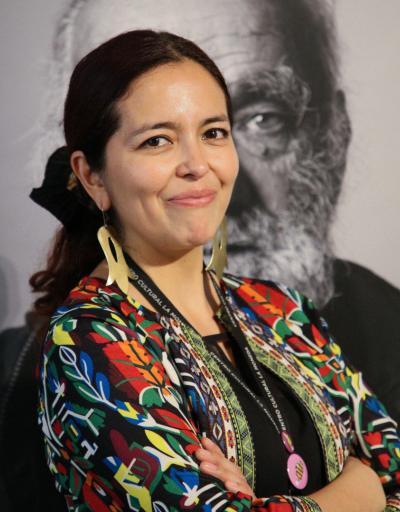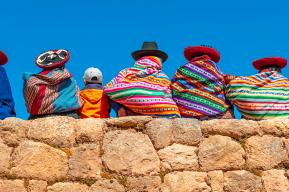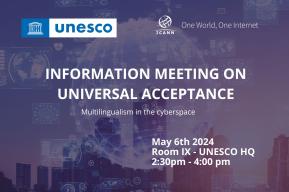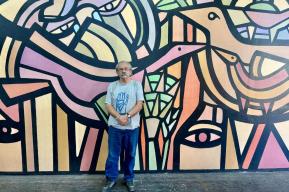Alejandra explains "according to UNESCO data, on average, a language disappears from the world every two weeks, taking with it the historical, cultural, and intellectual memory of a people". She adds: "The outlook is not better when considering that around 40% of the world's population does not have access to an education that incorporates the use of mother tongues for those who study, speak, or understand them."
Alejandra emphatically states that this affects aspects "as diverse as self-esteem, the development of identity, and critical thinking skills both individually and collectively". In addition to negatively influencing the preservation of cultures and the promotion of intergenerational learning opportunities for the activation of linguistic revitalization processes, for example.
What is the value of linguistic diversity?
Languages are part of the fundamental human rights of indigenous peoples, enabling their cultural and identity development. Therefore, being a multilingual country guarantees the recognition of these rights, understanding that indigenous languages are not only expressions of the past but also communicate in the present and project into the future. This linguistic and cultural diversity is part of what we are as a country: recognizing it and educating ourselves in this diversity should be part of our civic education, enabling intercultural dialogues and, with them, the exchange of knowledge.
How can we enhance the languages of indigenous peoples?
We are responsible for protecting indigenous languages and, with them, the cultural and human rights of indigenous peoples. Actions we can take include, for example, approaching indigenous knowledge through their organizations, which, while developing internal cultural and linguistic revitalization initiatives for their members, also offer opportunities for language and culture promotion open to the community at large.
At the La Moneda Palace Cultural Centre, we are committed to working alongside indigenous peoples and their linguistic and cultural objectives. In this sense, we have carried out exhibitions co-curated with indigenous communities and their respective programming. We have a collection of native peoples in the reading space, which can be accessed for free, where you can find, for example, indigenous language teaching manuals. Last year, the Mapuche language workshops had a high interest in participation, and this year (2024), in the framework of the Qhapaq Ñan exhibition, we will conduct Quechua language workshops.
What is the role of women in the revitalization and transmission of indigenous languages?
Women have been and are bearers and transmitters of cultures and languages. Today, it is possible to recognize their commitment to the revitalization of languages for a present with cultural identity and a future for the new generations of speakers, for example, in their role as traditional educators for the implementation of the Indigenous Language subject in educational establishments in the country and as Indigenous Language and Culture Educators (ELCI) in kindergartens managed by JUNJI (National Board of Kindergartens) and the Integra Foundation, along with the collaboration of CONADI (National Corporation for Indigenous Development). In both situations, although there are also male educators, women are more numerous.
What is the function of the Intersectoral Network for Interculturality (RAIPI), of which UNESCO is a part?
With the aim of channeling the interest expressed by different institutions involved in areas as diverse and dialoguing as education, art, heritage, culture, and human rights into concrete and articulated actions, the Intersectoral Network for Interculturality (RAIPI) emerges. It unites efforts to promote the cultural rights of indigenous peoples. Its main objective is to intersectorally articulate actions that promote, from an intercultural perspective, the participation of indigenous peoples in cultural and educational experiences, visualizing and expanding opportunities for this to occur.
The RAIPI Network is composed of the following institutions: the Artesanías de Chile Foundation; the La Moneda Cultural Centre; the Ministry of Education through the Undersecretariat of Early Childhood Education, the Bilingual Intercultural Education Program, the Regional Ministerial Secretariat (SEREMI) of Education of the Metropolitan Region and the Provincial Department of Education Poniente; the Ministry of Cultures, Arts and Heritage, through the Subdirectorate of Indigenous Peoples; the Ministry of Social Development and Family, through CONADI and the Indigenous Affairs Coordination Unit (UCAI); the Ministry General Secretariat of Government, through the Observatory of Citizen Participation and Non-Discrimination; and UNESCO.










